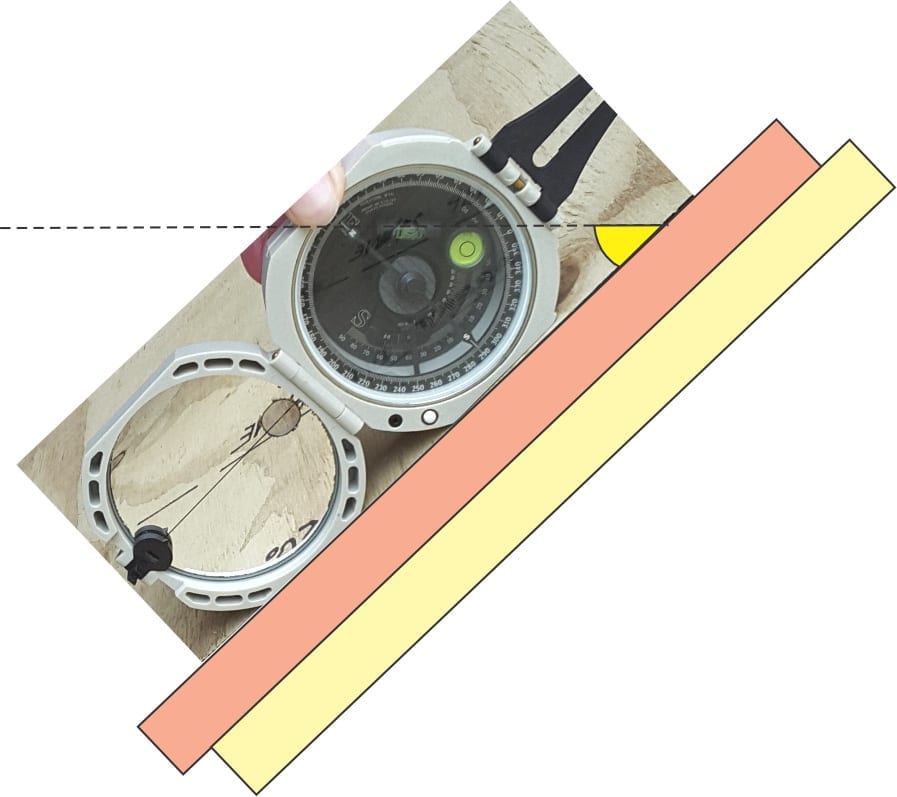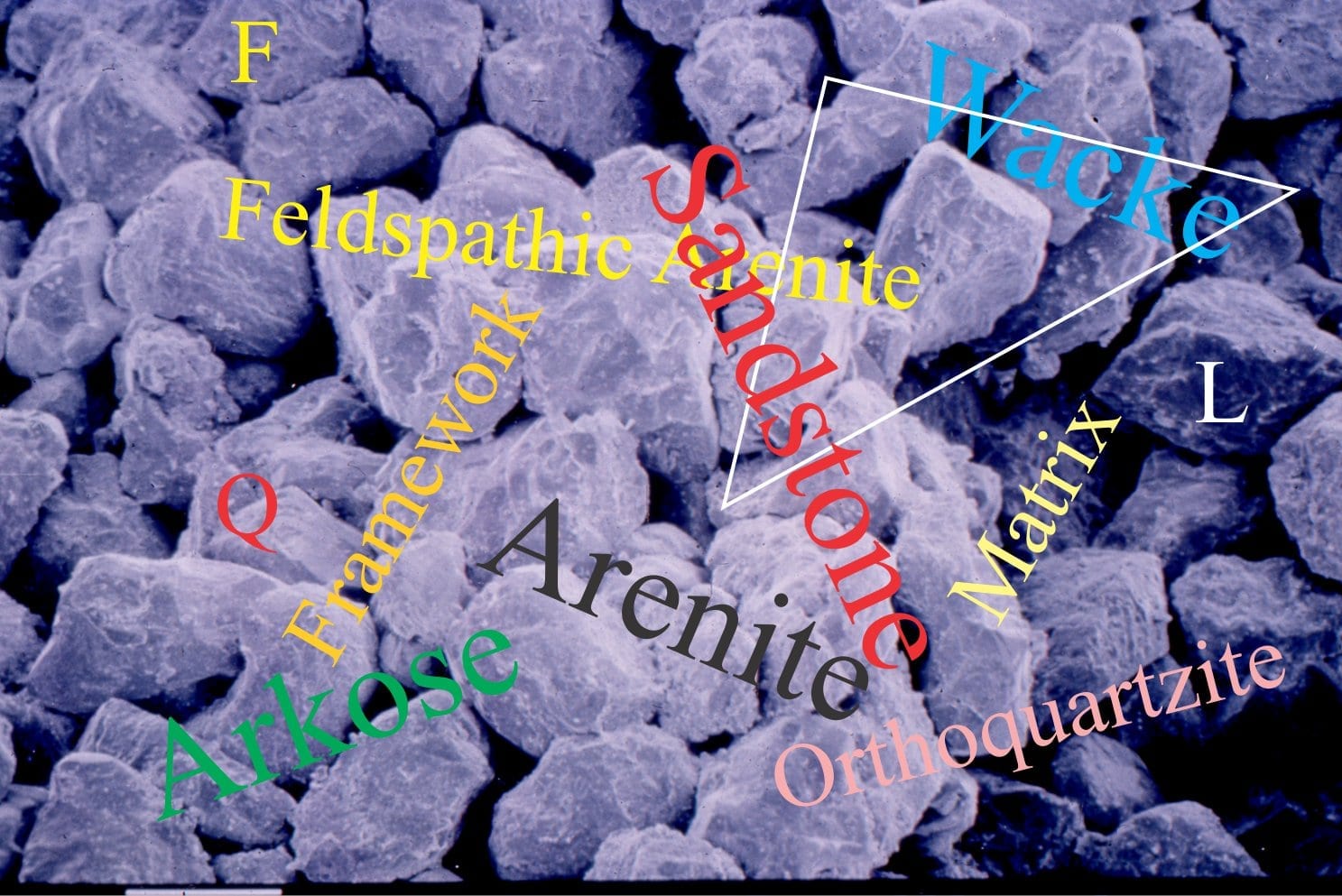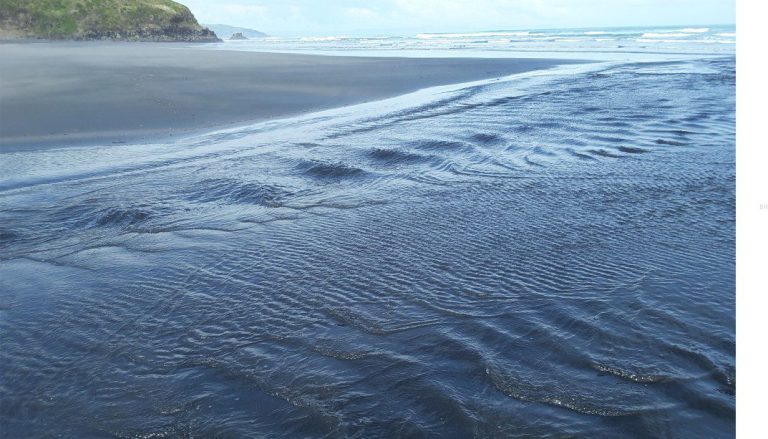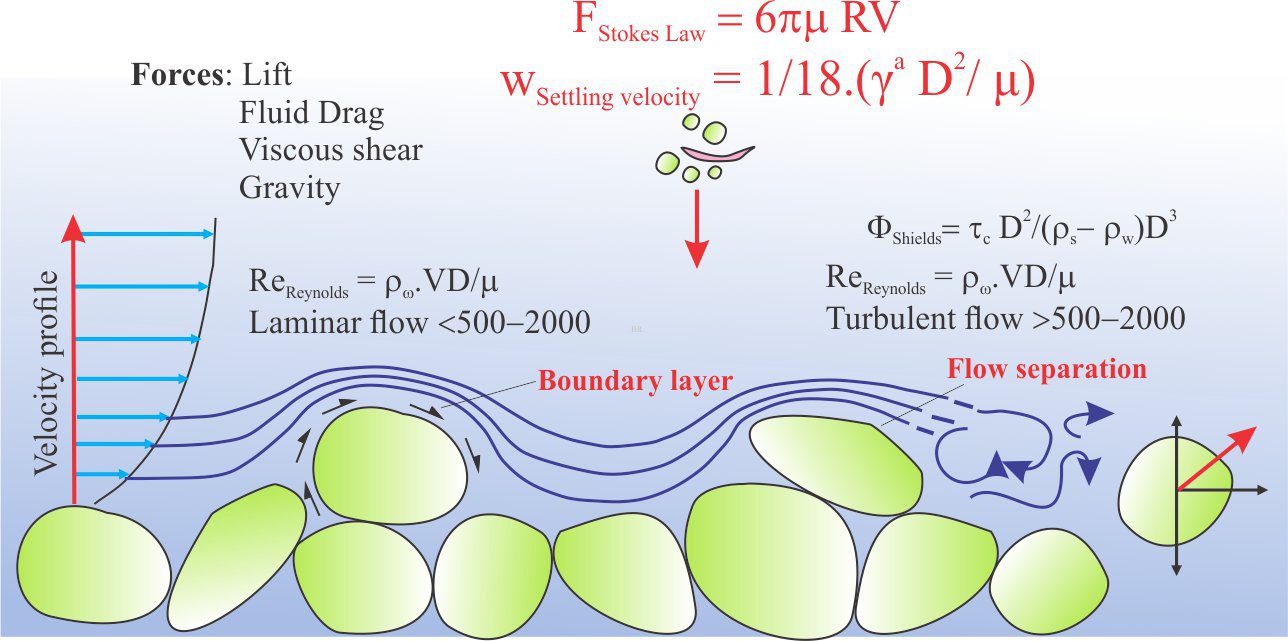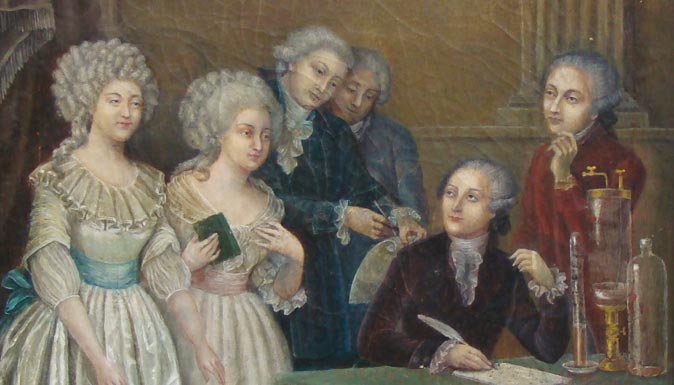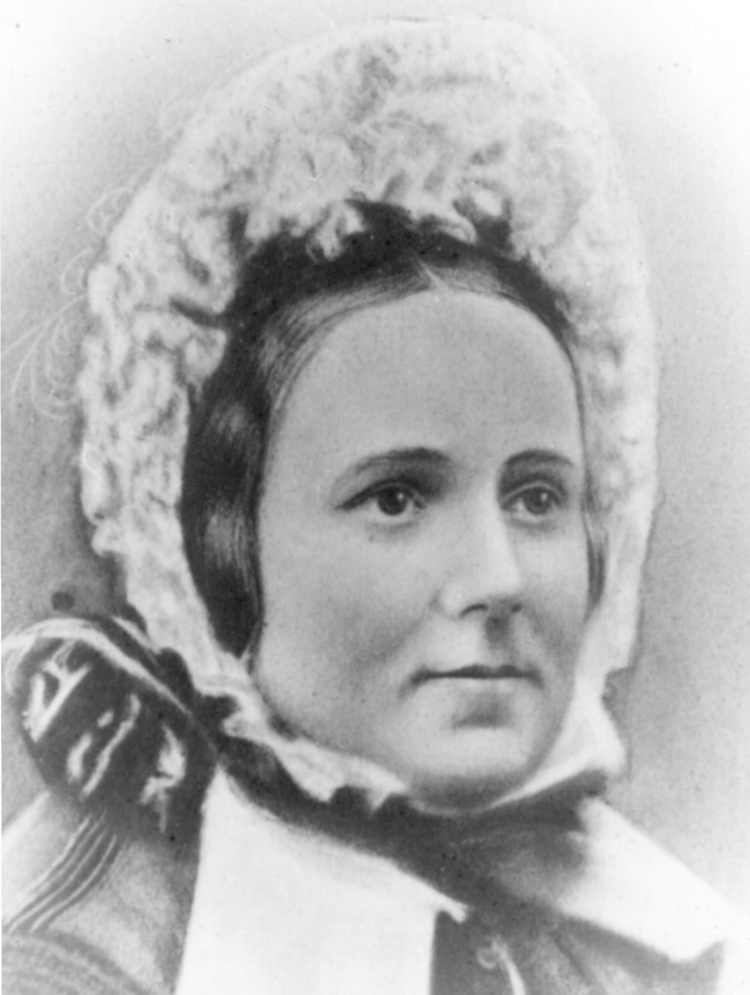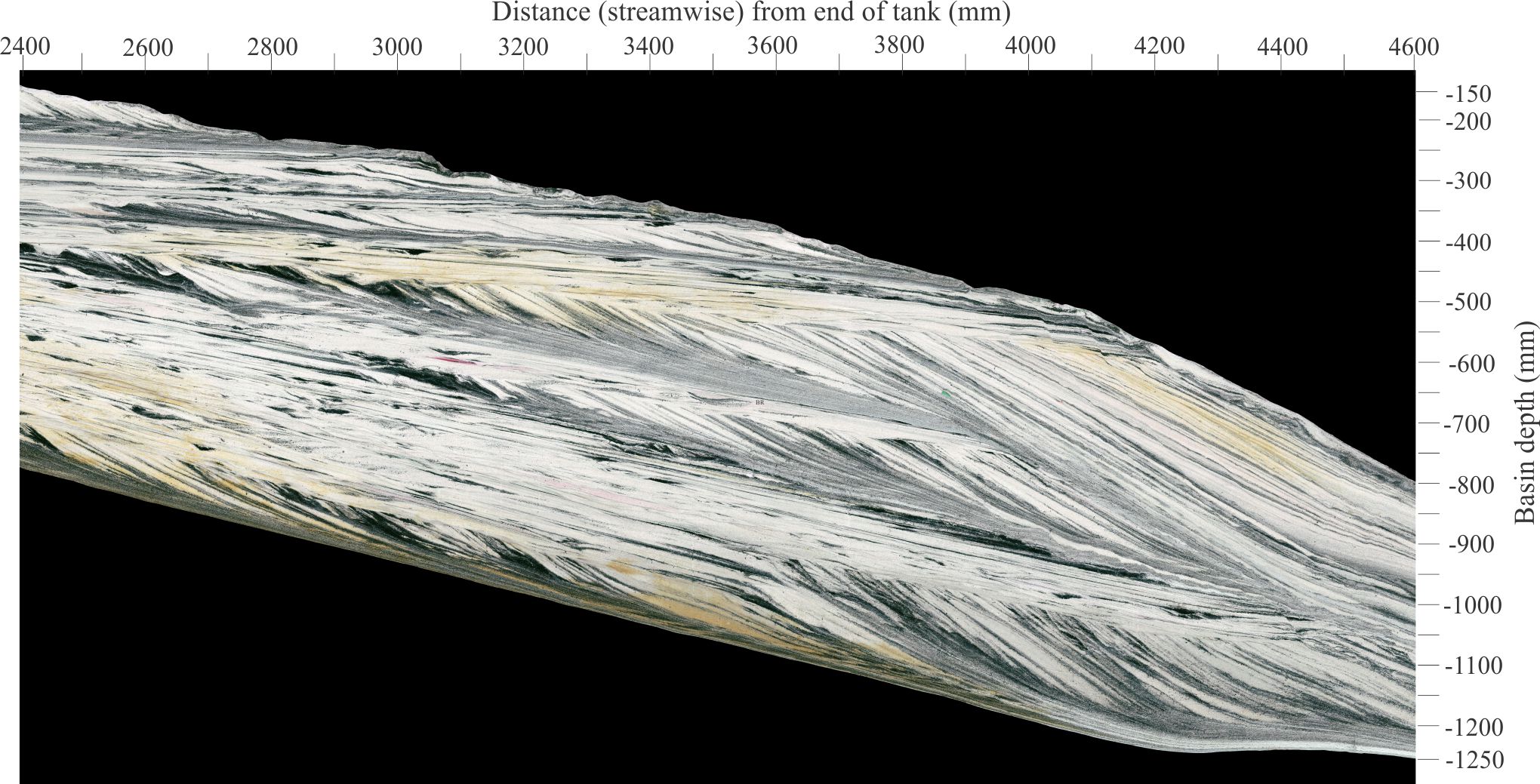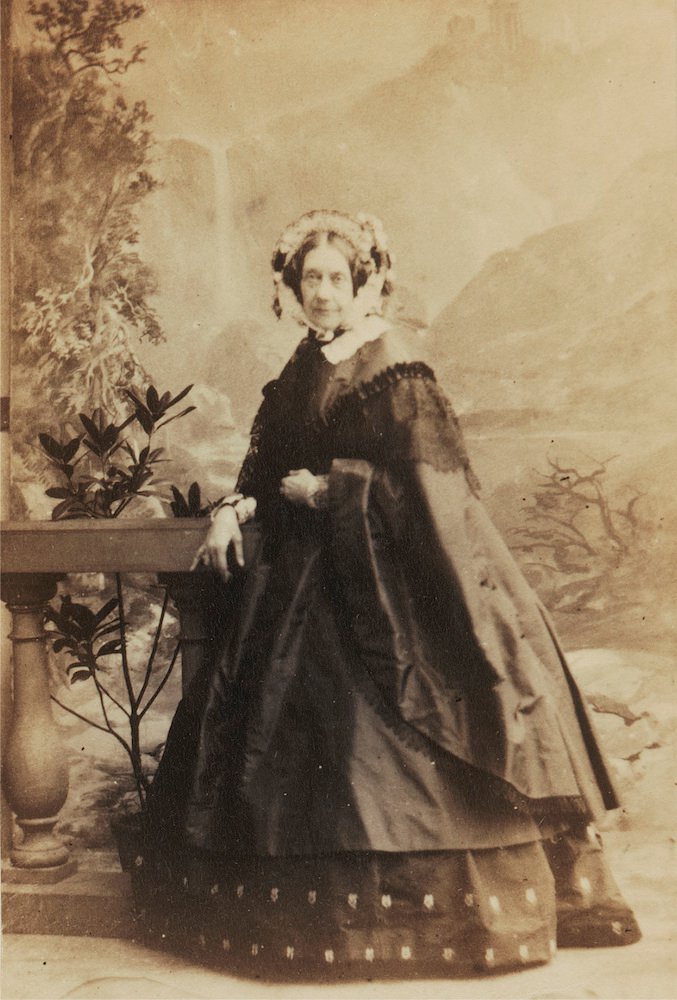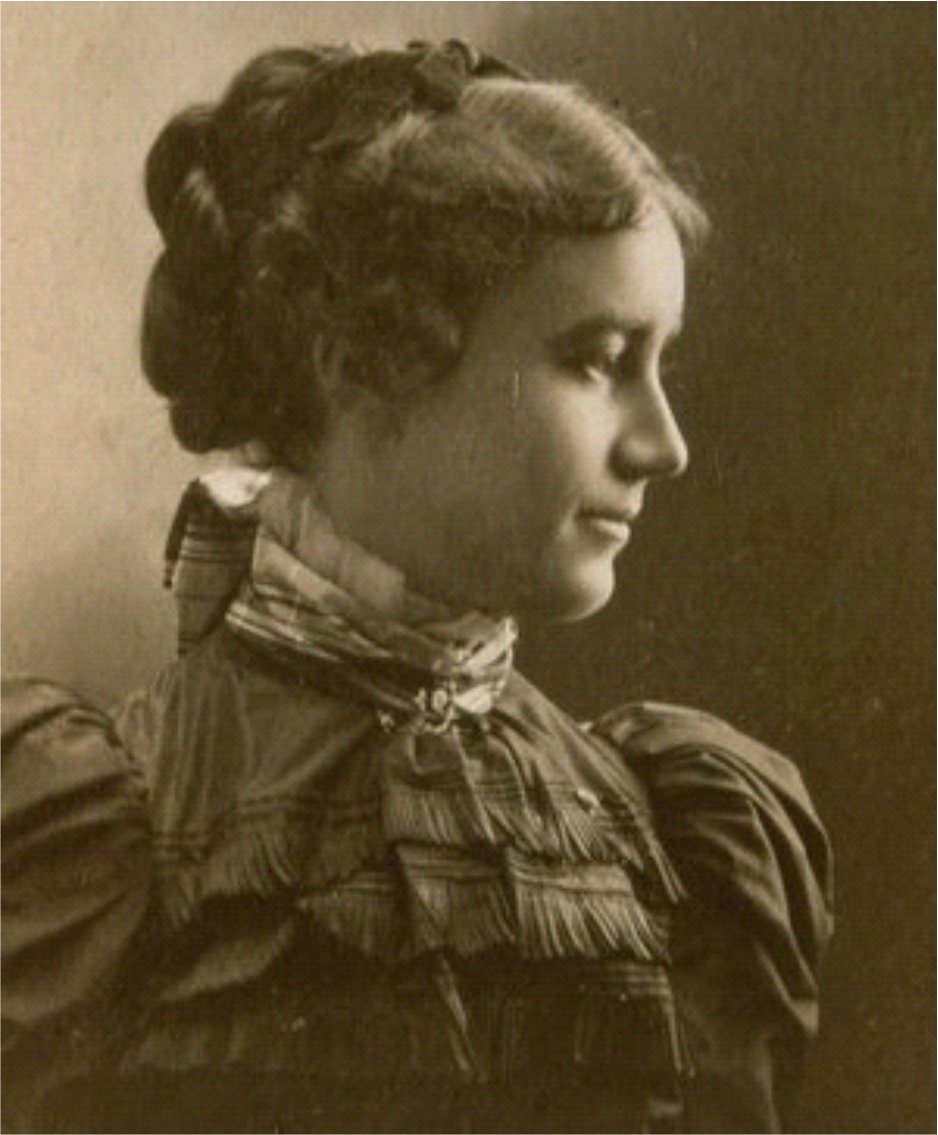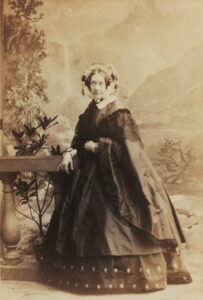
This biography is part of the series Pioneering women in Earth Sciences – the link will take you to the main page.
Getting into the head of a movie director to figure out why they have portrayed certain events in a historical narrative is a bit like hitting a piece of rock to reveal what’s inside; an entire fossil specimen, bits and pieces of shell, or nothing but more rock. The focal point in Ammonite, the tale of Mary Anning’s exploits as fossil collector extraordinaire, is less about fossils than it is about a collection of romantic interludes with Charlotte Murchison. Perhaps Francis Lee (director) surmised that audiences would not be grabbed by multiple scenes of clambering through the mud for fragments of molluscs and Plesiosaur bones. The excitement of a paleontological find pales in comparison to other climactic scenes.
[NB 1 Molluscs are a major group, or phylum, that includes ammonites as well as the more familiar bivalves and gastropods (snails).]
[NB 2 There is also a dwarf planet in Trans-Neptunian orbit nicknamed Ammonite]
There is no evidence for an Anning-Murchison romance. Charlotte Murchison sought Anning’s expertise in the search and identification of fossil molluscs, and they spent some weeks together combing the Lyme Regis coast in 1825. They remained friends until Anning’s death on March 9, 1847, and frequently wrote to each other. Murchison in fact became an important go-between for the distribution and sale of Anning’s fossil specimens. The only record of anything even vaguely salacious was a comment Anning made about Charlotte’s husband, Roderick Murchison – “Dear Madam you did not send me Mr Murchison’s last anniversary speech, I long to see it for Mr Hutton told me it was the best he had ever heared and that Mr Murchison looked like a God when he made it, which I most cordially believe for Mr Murchison is certainly the handsomest piece of flesh and blood I ever saw…” Letter to Charlotte Murchison, 11 October 1833. Geological Society Archive
Charlotte Murchison (née Hugonin) was the wife of Roderick Murchison (1792-1871), a 19th C British icon of the emerging science of geology – a colleague and friend of other notables like Charles Lyell, Charles Darwin, Thomas Henry Huxley, James Sowerby, William Buckland, and Adam Sedgwick (with whom he ended up have major disagreements concerning the Silurian-Cambrian boundary – a dispute that was eventually settled by Charles Lapworth who in 1879 inserted the Ordovician between the two periods). He is probably best remembered for identifying and naming the Silurian System (1839) based on field examination of rocks exposed in South Wales and the English border countryside. He also defined the Permian System in 1841 based on field work in the Ural Mountains (Russia) near the city of Perm. He was a cofounder of the Royal Geographical Society in 1830, serving 4 four-year terms as its president; he was also president of the Geological Society in 1831, a Fellow of the Royal Society, was knighted in 1846, and Director General of the British Geological Survey from 1855-71.
What is less well known is that Murchison owed his introduction and initial instruction in geology to his wife Charlotte. The couple married in 1815. Charlotte became an avid fossil collector, focusing on molluscan faunas. She honed her paleontological skills during the brief sojourn with Mary Anning in 1825, to the extent that she was capable of using various taxa to subdivide stratigraphic units, like the Lower Cretaceous Greensand (originally named by William Smith). This particular formation was one of the first on which Roderick focused attention, leading to one of his first presentations to the Geological Society on December 16, 1826. Charlotte’s role in helping unravel this stratigraphic problem was acknowledged, but she was excluded from publication and presentation by virtue of the rules of most learned societies and the mores of the English establishment – conditions that didn’t change appreciably until the late 19th – early 20th C. The paleontologist James Sowerby also benefited from Charlotte’s generosity, receiving fossil specimens from collections made during this field excursion. Both Murchisons continued to advance their geological knowledge during a tour of Europe with Charles Lyell in 1828; Charlotte was fluent in French, which enabled her to translate geological papers for her two companions. Her tasks during this tour were to take copious notes, sketch stratigraphic and structural sections, and collect and catalog fossils.

Archibald Geikie’s 1875 biography of Roderick Murchison paints a typically (for that period) gendered account of the male partner being rescued from frivolous pastimes (like fox hunting) by an intelligent woman who pointed him in the more intellectually challenging direction of scientific investigation. The biography was based in part on correspondence with Murchison. In one of these letters, written about a month after Charlotte died, he extolls the virtues of his late wife – he was certainly keen on her becoming “a good practical fossilist,” during the early years of their marriage. Geikie devotes several pages to various commentaries and letters of condolence to Roderick on the death of his wife on February 9, 1869. In one footnote Geikie notes that Alexander von Humboldt described her as ” la spirituelle Lady Murchison” (p. 374).

According to Geikie, it was Roderick’s “uncommon powers” of intellect that enabled him to rise through the upper echelons of several British institutions, encouraged by a patient and loving wife. “To his wife he owed his fame, as he never failed gratefully to record, but years had to pass before her guidance had accomplished what she had set before her as his aim”. Paraphrasing Geikie, it might seem that Charlotte had no other aim than that of promoting her husband, leaving nothing for herself.
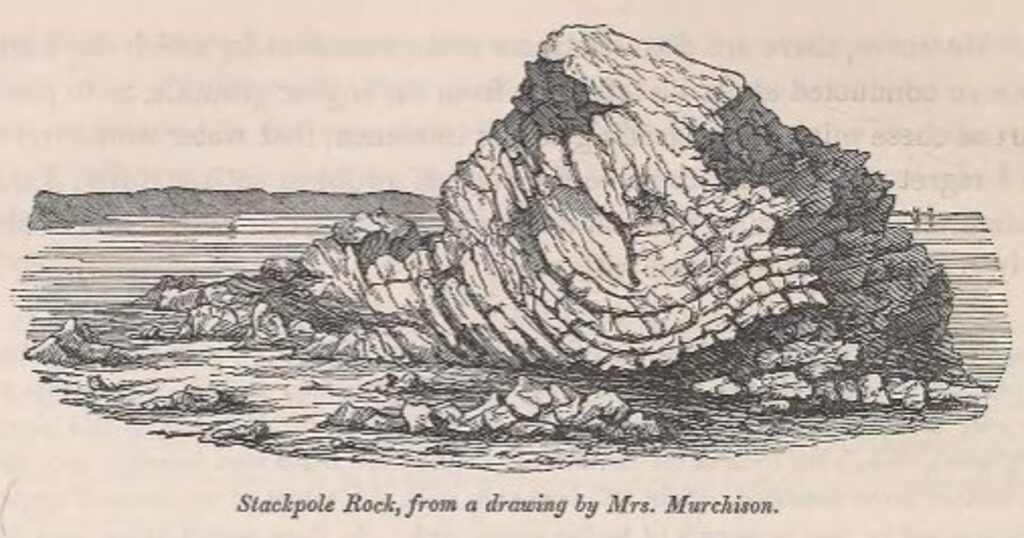
Charlotte Murchison never published or received honours; acknowledgement was usually confined to footnotes expressing gratitude; for example, Roderick’s 1839 publication of Silurian System, Part 1, acknowledges several skillfully executed field sketches drawn by Charlotte. However, she, like many other ‘wives of notable geologists’, became scientifically learned in her own right, and was eminently qualified to advise fellow geologists like Lyell, Sowerby, Louis Agassiz, and others about fossil identifications and their stratigraphic relevance. She also supplied many colleagues with important specimens from her own collections. Much like her friend Mary Lyell, she was not only an active collaborator in her husband’s scientific exploits and publications, she was also the intellectual equal and force that enabled him to express his own qualities and succeed in the scientific milieu.
Notes
Three very good essays that explore the nuances of Charlotte Murchison’s role in 19th C contexts:
M. Kolb-Ebert, 1997. Charlotte Murchison (née Hugonin) 1788-1869. Earth Sciences History v. 16 (1), p. 39–43.
M. Kolb-Ebert, 2007. The geological travels of Charles Lyell, Charlotte Murchison and Roderick Impey Murchison in France and northern Italy. Geological Society, London, Special Publication.
Adelene Buckland, 2024. Women geologists 1780-1840: Re-reading Charlotte Murchison. Handbook of the Historiography of the Earth and Environmental Sciences, Springer Nature.
Other references
Geikie, A. 1875. Life of Sir Roderick I. Murchison, based on his life and letters. London: Murray. 2 vols. Internet Archive.
Murchison, Roderick Impey, 1826. IX.—Geological Sketch of the North-western Extremity of Sussex, and the adjoining Parts of Hants and Surrey. Transactions of the Geological Society of London, Series 2, Volume 2, Pages 97 – 108.
Murchison, Roderick Impey, 1839. The Silurian System: Founded on Geological Researches, Part 1. London. John Murray, 576 pp.
The Geological Society Archives. Letter to Charlotte Murchison from Mary Anning, 1829.
